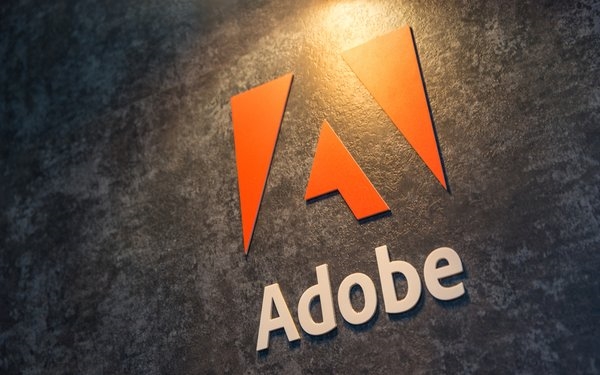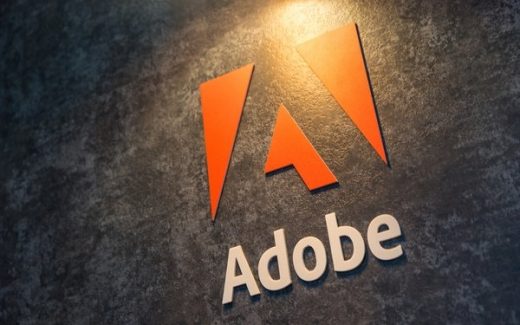Adobe Looks To Automate Attribution Models
Adobe Looks To Automate Attribution Models

Adobe began rolling out its Attribution IQ platform on Friday; it allows marketers to choose from 10 attribution models on one dashboard. The future goal is to build a platform with the ability to automate the process of picking an attribution model for each campaign.
The platform and models, which Adobe initially unveiled at Cannes Lions Festival earlier this year, include First Touch, Last Touch, Liner, U Shaped, Time Decay, Same Touch, J Shaped, Inverse J, Participation, and Custom.
Marketers can align the campaigns to any metrics attributing the data to revenue, orders and more. The marketers determine the best attribution model to use, based on the campaign goals. A brand that does major events all summer might want to use a Time Decay model, said Trevor Paulsen, senior product manager for Adobe Analytics.
Paulsen said Adobe wanted to allow different company divisions to use different models with the same data. The platform pulls in data sources from desktop websites, mobile analytics specific to mobile applications, video, voice and connected cars, for example, and provides a cross-channel view.
Magna estimates marketers will spend half of their $197 billion advertising investments in digital this year. That spend required some expertise in attribution.
The Attribution IQ beta began in June. Since then, those testing the platform in travel and hospitality have been able to take a deep dive into the numbers to quantify individual campaigns in channels such as email and search.
Some beta testers applied the attribution models to internal marketing efforts to measure the success of search keywords or push notifications on mobile. For example, retailers often run promotions like push messages to get consumers make a purchase. One retailer measured the success of their push-marketing campaign. A consumer might get four push messages, but the platform enables the retailer to determine which of the four drove the sale.
“These are not paid marketing efforts, those are owned marketing events,” Paulsen said.
Still, attribution isn’t a perfect science. The next version will likely use a statistical or an algorithmic approach beyond what the industry knows today, Paulsen admits. “It’s something we’re actively working on,” he said. “Traditional algorithmic and statistical attribution methods don’t scale to the amount of data that you can apply our stuff to.”
Adobe plans to automate the process as a next step.
(24)


